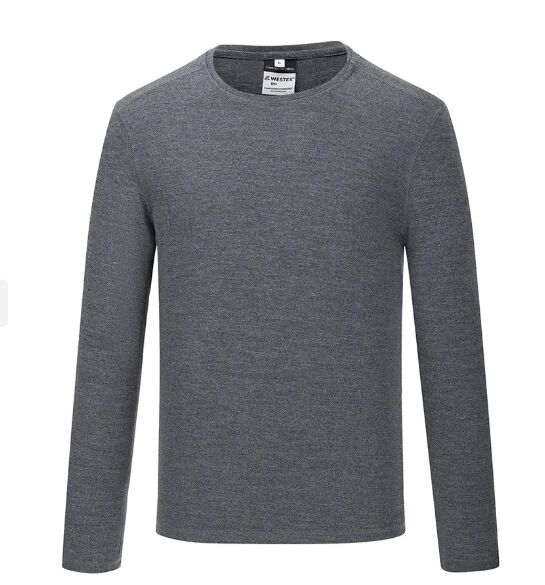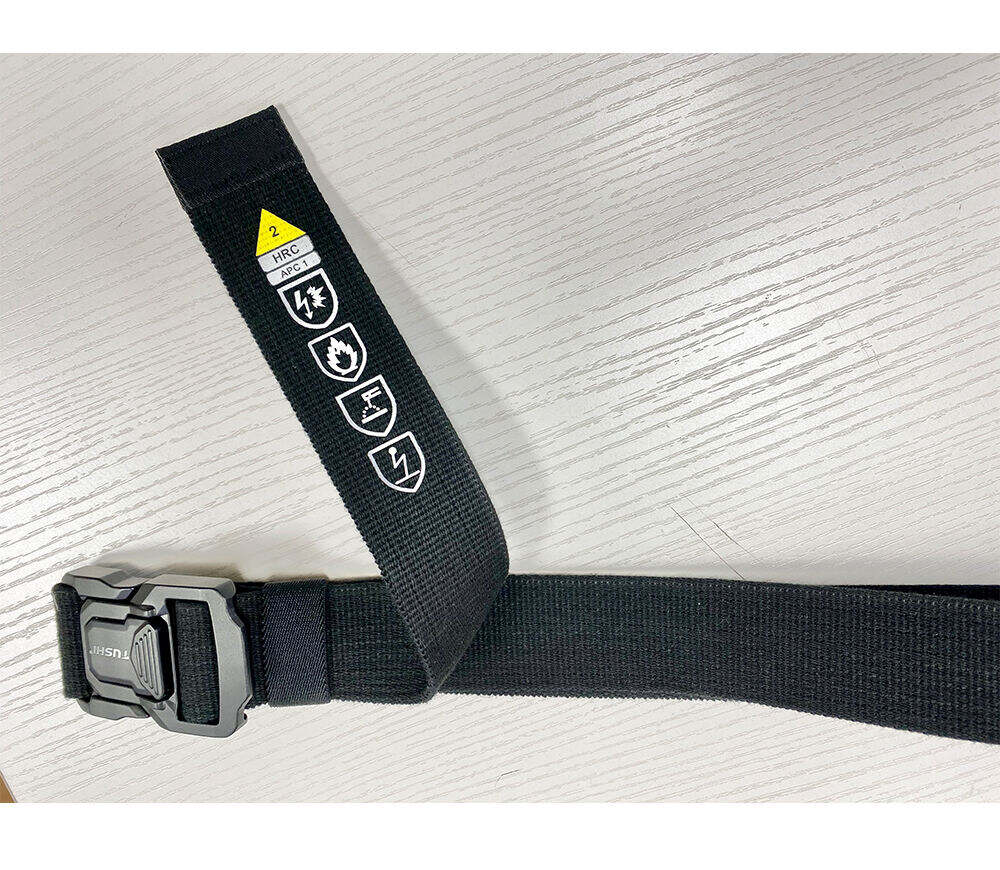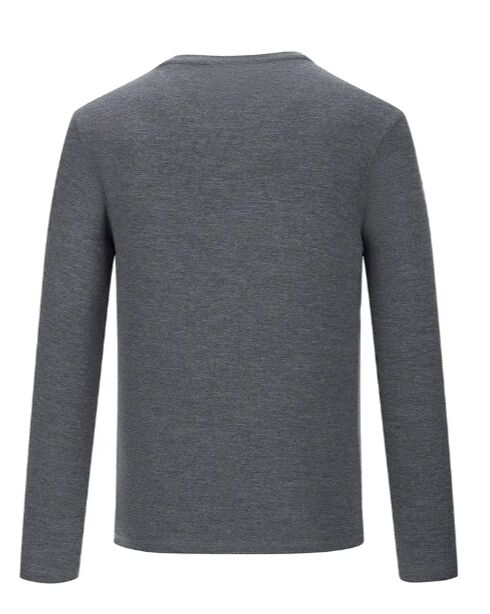Selecting the right fire retardant apparel is crucial for ensuring the safety of workers in high - risk environments. With a wide variety of options available in the market, it can be challenging to know what to look for. Here are some key factors to consider when choosing fire retardant apparel.
First and foremost, it's important to understand the specific hazards present in your workplace. Different industries have different fire risks, and the type of fire retardant apparel needed will vary accordingly. For example, in the electrical industry, the main concern may be arc flash hazards, while in the petrochemical industry, the focus may be on protection against flammable liquids and gases. By identifying the specific hazards, you can narrow down your options and choose apparel that is designed to provide the necessary protection.
The material of the fire retardant apparel is another critical factor. There are two main types of fire - retardant materials: inherently fire - retardant and treated fire - retardant. Inherently fire - retardant materials, such as aramid fibers (e.g., Nomex), have fire - resistant properties built into their chemical structure. These materials do not lose their fire - retardant properties even after repeated washing and exposure to harsh conditions. Treated fire - retardant materials, on the other hand, are regular fabrics that have been treated with a chemical fire - retardant agent. While these materials can provide effective fire protection, their fire - retardant properties may degrade over time with washing and use. Consider the durability and long - term effectiveness of the material when making your choice.
The fit and comfort of the fire retardant apparel are also important considerations. Workers need to be able to move freely and comfortably while wearing their protective clothing, especially in physically demanding jobs. Apparel that is too tight or restrictive can impede movement and cause discomfort, which may lead to workers not wearing it properly or removing it altogether. Look for apparel that is available in a range of sizes and has adjustable features, such as waistbands, cuffs, and collars, to ensure a proper fit. Additionally, consider the breathability and moisture - wicking properties of the fabric. Breathable fabrics allow air circulation, keeping the worker cool and reducing the risk of heat stress. Moisture - wicking properties help to draw sweat away from the body, keeping the worker dry and comfortable.
The level of protection provided by the fire retardant apparel is another key factor. Different apparel may offer varying levels of protection against different types of fire hazards. For example, some apparel may be designed to protect against direct flame exposure, while others may be more suitable for protection against radiant heat or molten metal splash. Look for apparel that meets or exceeds the relevant safety standards for your industry. In the United States, for example, the National Fire Protection Association (NFPA) sets standards for fire - retardant clothing, such as NFPA 2112 for industrial flame - resistant clothing. Ensure that the apparel you choose is certified to meet these standards.
The design and features of the fire retardant apparel can also impact its effectiveness and usability. Look for apparel with features such as reflective strips for high visibility in low - light conditions, multiple pockets for storing tools and personal items, and reinforced seams for added durability. Some apparel may also have additional safety features, such as built - in hoods or face shields, depending on the specific hazards in your workplace.
Cost is also a factor to consider when choosing fire retardant apparel. While it's important not to compromise on safety, it's also essential to find apparel that fits within your budget. Compare prices from different suppliers and look for value for money. Keep in mind that higher - quality apparel may have a higher initial cost but may be more durable and long - lasting, resulting in cost savings in the long run.
Finally, it's a good idea to involve workers in the selection process. They are the ones who will be wearing the apparel on a daily basis, and their feedback can be invaluable in ensuring that the apparel is comfortable, functional, and meets their needs. Conduct trials or surveys to gather feedback from workers before making a final decision.
In conclusion, choosing the right fire retardant apparel requires careful consideration of factors such as workplace hazards, material, fit and comfort, level of protection, design and features, cost, and worker feedback. By taking the time to select the appropriate apparel, you can help ensure the safety and well - being of your workers in high - risk environments.


